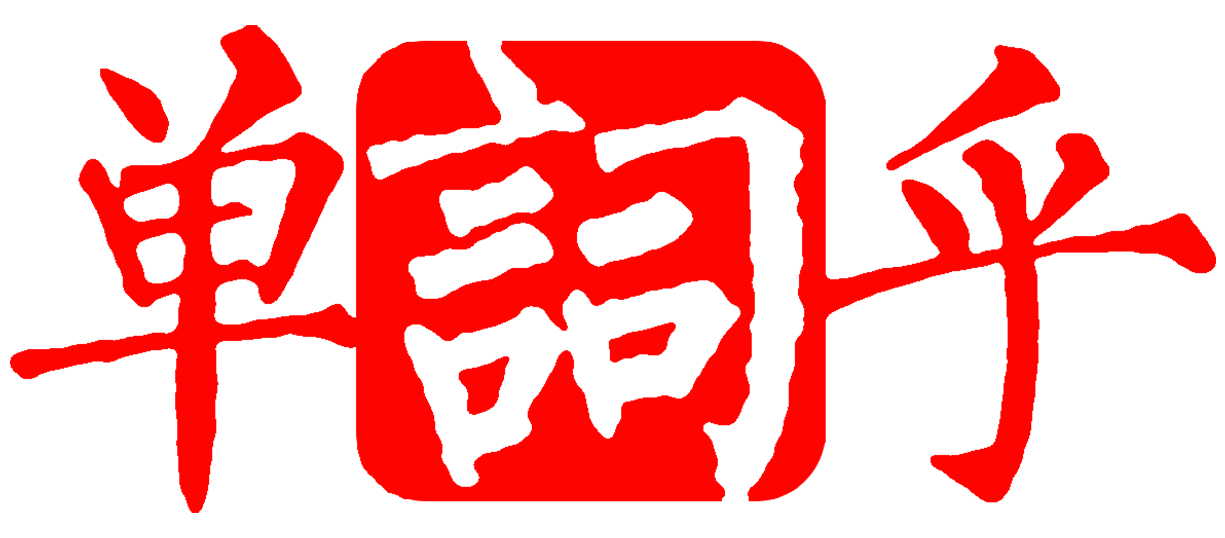


i.con.o.clast
n.(名词)One who attacks and seeks to overthrow traditional or popular ideas or institutions.传统叛逆者:攻击或试图推翻传统或大众的观点或制度的人One who destroys sacred religious images.毁坏宗教神像的人
来源:French iconoclaste 法语 iconoclaste from Medieval Greek eikonoklastôs [smasher of religious images] 源自 中世纪希腊语 eikonoklastôs [毁坏宗教画像的人] Greek eikono- [icono-] 希腊语 eikono- [图象] -klastôs [breaker] from Greek klan klas- [to break] -klastôs [破坏者] 源自 希腊语 klan klas- [打破]
【引伸】
icon.oclas.tic
adj.(形容词)icon.oclas.tically
adv.(副词)<注释>An iconoclast can be unpleasant company,but at least the modern iconoclast only attacks such things as ideas and institutions.The original iconoclasts destroyed countless works of art.Eikonoklastôs, the ancestor of our word, was first formed in Medieval Greek from the elements eikôn, .image, likeness,. and -klastôs, .breaker,. fromklan, .to break.. The images referred to by the word are religious images,which were the subject of controversy among Christians of the Byzantine Empire in the 8th and 9th centuries, when iconoclasm was at its height.Those who opposed images did not, of course, simply destroy them, although many were demolished;they also attempted to have the images barred from display and veneration.During the Protestant Reformationimages in churches were again felt to be idolatrous and were once more banned and destroyed.It is around this time thaticonoclast, the descendant of the Greek word, is first recorded in English ('4), with reference to the Greek iconoclasts.In the 9th centuryiconoclast took on the secular sense that it has today, as in .Kant was the great iconoclast. (James Martineau).亵渎偶像者可能令人生厌,但至少现代的偶像毁坏者只是攻击思想和制度这类东西。最初的偶像破坏者却毁掉了无数的艺术作品。Eikonoklastes 最早见于中世纪希腊语,是我们现代词的前身,由 eikon 意为.图象,相象.和 -klastes 意为.毁坏者.组成, 它又来源于klan .打碎.的意思。 此词所说的肖像是指宗教的肖像,8至9世纪当毁坏偶像主义在拜占庭帝国盛行时,宗教偶像成为基督教徒中争执的焦点。反对宗教肖像的人尽管销毁了不少画像,但这并不是他们唯一的形式,他们也试图禁止偶像展览和偶像崇拜。在新教改革时期,教堂里的宗教画像再次被认为是盲目崇拜而遭到禁止和毁灭。正是在这一时期iconoclast 一词开始作为希腊语的衍生词在英语中出现, 第一次记录于'4年。到9世纪,iconoclast 一词开始有了现代的含意, 比如在.康德是一位伟大的传统叛逆者.(詹姆士·马提诺)